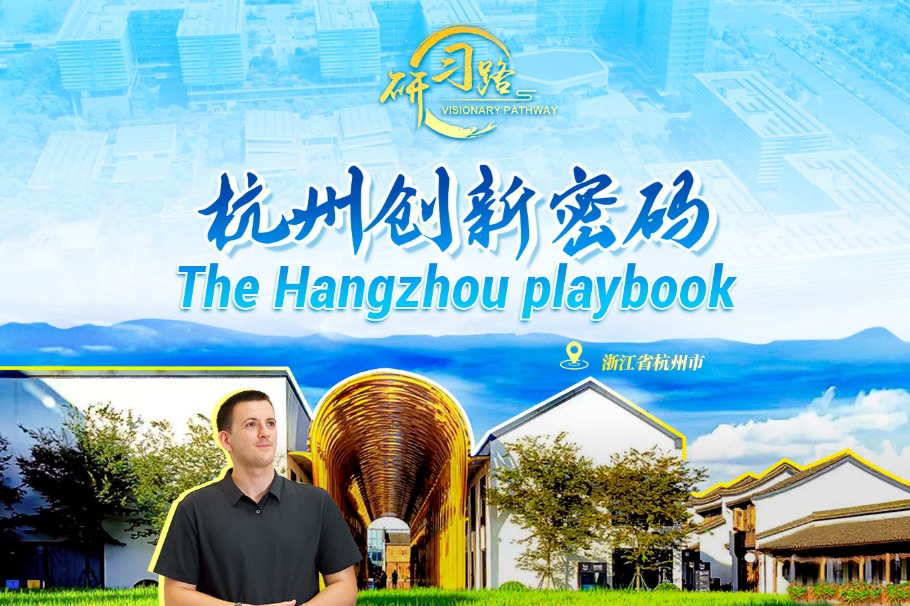Insights from Hangzhou directors help you make better videos
In recent years, short videos have emerged as powerful tools for international communications due to their focused nature, visual appeal and ease of sharing. But how can we capture audience attention quickly while overcoming language and cultural barriers? How can we use vivid imagery to better tell Hangzhou's stories — past, present and future?
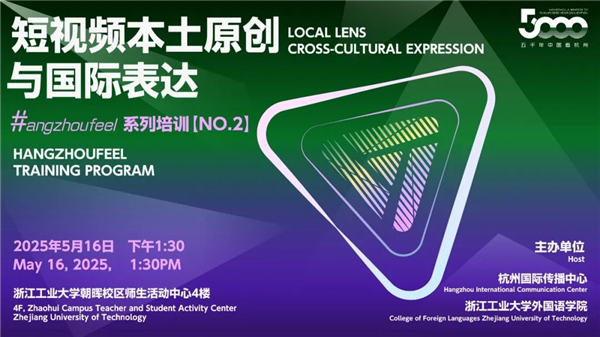
A poster promotes the activity Local Lens, Cross-Cultural Expression.
The Hangzhou International Communication Center, or HZICC has been dedicated to promoting high-quality short video productions. Last year's Hangzhoufeel Creative Short Video Contest attracted numerous innovative creators and works, becoming popular with local residents. Building on its success, HZICC partnered with the College of Foreign Languages at the Zhejiang University of Technology to launch a training session entitled Local Lens, Cross-Cultural Expression. The event featured three accomplished young directors who have made significant achievements in visual international communications. They shared their insights into the production of short videos in the context of global dissemination with over 100 attendees from media, universities and research institutions.
Capturing beautiful stories through lens: Power of visual storytelling
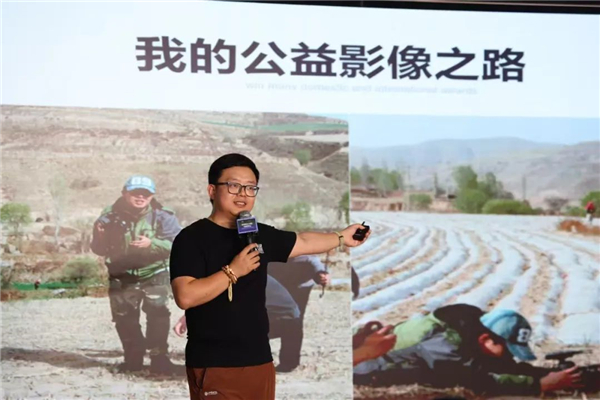
Documentary director Su Jiaming shares a story.
"I've been working on three key things in the past decade: Public welfare, filmmaking and social impact," shared Su Jiaming, a social entrepreneur and documentary director who graduated from Zhejiang University of Technology. With over 10 years in the film industry, his works have been screened at international film festivals. Since founding Zizai Visuals in 2011, he has produced more than 400 public service videos for organizations like the One Foundation and the SEE Foundation.
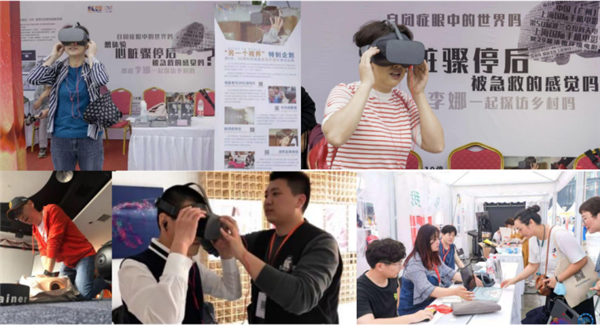
Su is continuing his public interest filmmaking journey.
Su began his public interest filmmaking journey in 2009 when documenting an elderly couple in Shanxi who adopted disabled children. As a college junior, he filmed Chen Tianwen and Guo Gairan caring for dozens of children with various disabilities. "Building trust with subjects is crucial. We should never look down on them — we're equals and sometimes we should even look up to them," he explained. Later, he established the Hua'er Foundation, building greenhouses in rural areas and raising funds for children's surgeries. His documentary Fading Flowers won two awards at the Shanghai International Film Festival, bringing him into the spotlight.
Recently inspired by VR technology, Su created immersive videos including a first-person perspective narrative of an autistic individual, enhancing viewers' empathy and understanding.
Keeping an observant eye: Letting images speak
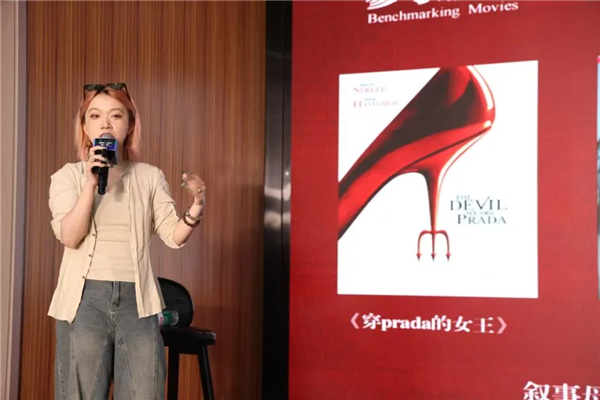
Director Huang Yuran is passionate about her work.
"When film serves as a medium, you must become the speaker. Maintaining curiosity about documenting life is more important than anything," said Huang Yuran, a young director who is in her twenties. Her works have been selected for prestigious festivals including the BAFTA-recognized Carmarthen Bay Film Festival and Cannes' Short Film Corner. Her graduation short Young and Colorful was named a top 10 short at the China Golden Rooster and Hundred Flowers Film Festival and is being developed into a feature film.
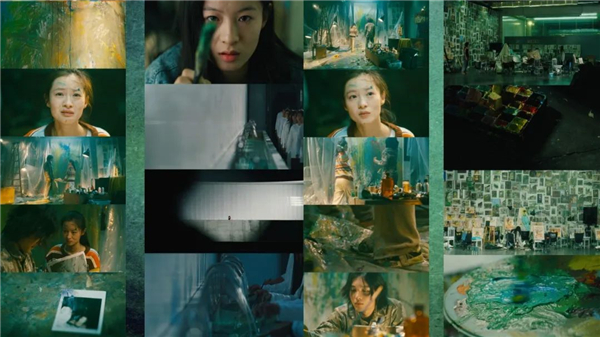
A scene from one of the works of Huang Yuran.
"Local characteristics shouldn't be just symbols — they're sensory experiences," emphasized Huang, a Hangzhou native. In her adaptation of acclaimed contemporary author Su Tong's short story Cherries into her film Summer Wandering, she transformed regional elements into narrative devices using color filters, dialect dialogue and West Lake landmarks.
For international audiences, Huang compared Chinese and foreign coming-of-age films — while domestic works focus on collective nostalgia, Western films emphasize individual growth. "Global communications isn't about exoticism — it's finding emotional resonance," she noted, suggesting visualizing culturally specific actions like "refusing red envelopes" with humor to bridge understanding.
Authentic storytelling: Irreplaceable by AI

China-Africa documentary maker Zhang Yong talks about some of his works.
Zhang Yong, deputy director of the Institute for International Film and TV Development at Zhejiang University and a China-Africa documentary filmmaker, shared insights from his 13 years of African experience. His documentaries including Tazara: A Journey Without An End and Chinese Meet Africa have been translated into multiple languages for global broadcasts.

A selection of documentary works from Zhang Yong.
Zhang revealed some gaps in China-Africa understanding: International media often portrays a monolithic Africa, while Chinese audiences know little about the continent's diversity. Through Tazara: A Journey Without An End, he proposed cross-cultural communications principles:
1. Targeted communications — tailoring content to different regions
2. Small narratives — "History is woven from countless individual stories"
3. Cultural resonance — finding shared emotions
4. Mutual benefit — showcasing two-way cultural exchanges
Discussing cultural differences, Zhang cited the rebranding of the popular toothpaste Darlie Toothpaste to highlight varying aesthetic perceptions. He stressed that authenticity and humanistic care remained irreplaceable, even in the AI era.
Hangzhou's multifaceted narratives
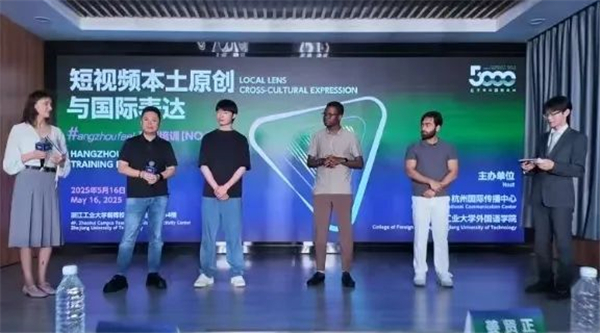
Creators discuss different aspects of their work.
The session also welcomed the creators of award-winning works from the Hangzhoufeel Creative Short Video Contest: Zhong Yuan, Chen Junqing, Tungamirai Eric Mupona and Muhammad Aqeel Fiaz. They openly shared their experiences of filming in Hangzhou, discussing how creativity and technology can be used to showcase the unique charm of the city.
-
Visionary Pathway - Hangzhou Playbook
July 15, 2025



